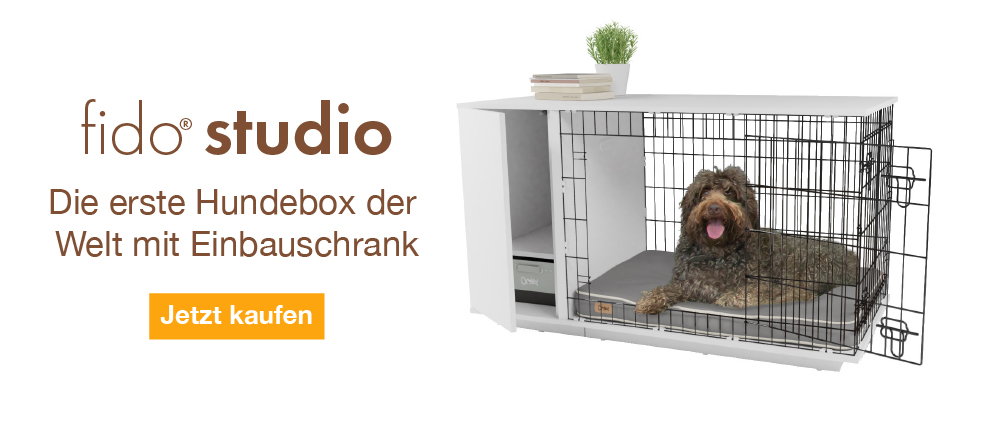Großer Schweizer Sennenhund








Geschichte
The exact origin of the Greater Swiss Mountain Dog is uncertain, but it probably descended from Roman Mastiffs that arrived 2,000 years ago. These most likely bred with local farm dogs and produced the breed we know today. It is the largest of the four Swiss Mountain Dogs. They were used on farms to pull carts, guard the farm, herd sheep and cattle and as companions. They were nick named the 'poor man's horse' as their pulling ability was impressive. By the early 1900's the breed was down to very low numbers, as machinery and other breeds began to do their work. However, in 1908 Dr, Albert Heim, took an interest in the breed and their numbers steadily rose.
Verhalten
The German Swiss Mountain Dog is a large, loyal and affectionate friend to it's family. They like to spend their time close to their humans and are devoted companions to all around them. They can be a bit protective of their home if not properly socialised, but are accepting of strangers once inside the home. They love to be around, and play, with children and are generally gentle and calm around them. They get along well with other dog and pets and are rarely dog aggressive outside of the home. They will defend your home if they need to.
The GSMD needs a fair amount of exercise but isn't demanding. They like to be outdoors and surrounded by their family, but a few short walks will keep them happy. Short bursts of energy and a gentle trot is about as much as they can handle, then back home for a well deserved nap. They were used as working dogs and do have stamina, but as pets, they are content with what you give them. A decent walk very day will suffice, plus a play session in the garden. Many do well with carting/pulling competitions, obedience and when they are asked to carry a back pack for the family picnic. Adding a small weight, using a harness, to the dog gives them a purpose and many enjoy being used in this way.
Training needs to be started early, as with all large breeds, they need to learn who is the boss. They aren't difficult dogs, but can be stubborn and slow to learn. Others can pick things up quickly and are relatively easy to train. It all depends on the individual. They take a long time to mature fully, both physically and mentally, so consistent training is important to get the best out of them. They can act like puppies for a long time and will want to mess around. A gentle, loving approach is best as these dogs can be quite sensitive and shy away from harsh correction. Getting them 'working' will help with training. Asking them to carry something in their mouths, games of fetch and anything to help stimulate them and that is fun, can help teach them the basics.
A regular brush will keep the coat in good condition and remove dead hairs.
The Greater Swiss Mountain Dog suffers very few ailments for such a large breed, however Canine Hip Dysplasia and Gastric Torsion are more common.
Einzelheiten zur Rasse
- Status: Common
- Lebenserwartung: 10 - 12 years
- Produktgewicht: 59 - 62kg
- Höhe: 23.5 - 28.5"
- Selten: Nein













